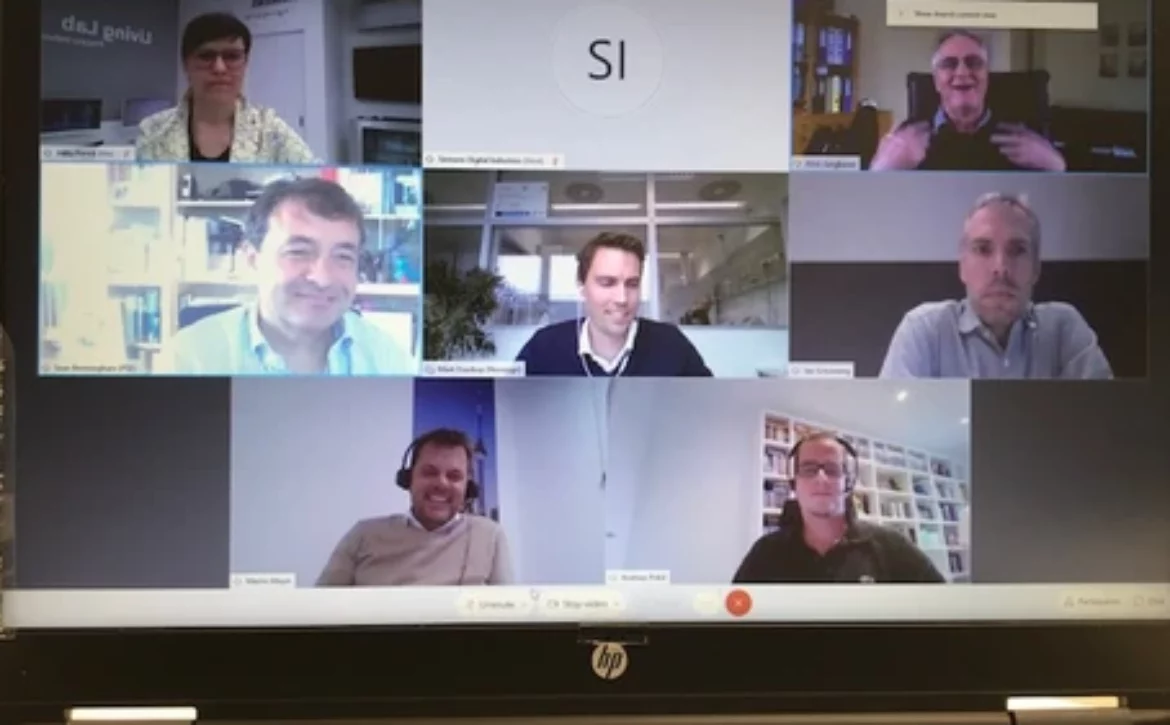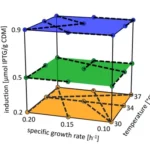
The Future of Bioprocess Development – A Panel Discussion with Leading Experts
The emerging COVID-19 pandemic did oblige us to rearrange over habits and routines and presented bioprocess development with new challenges to master, i.e., current working procedures state-of-the-art techniques must be reshaped to put bioprocessing into a new light. Over the last months, many questions arose concerning how to accelerate the process of getting products from the early stage to commercial manufacturing. Also considering the impact and pressure on process development teams and strategies. Accordingly, during our first virtual panel discussion (June 30th, 2020) with more than 75 participants, the following issues were identified as the key drivers to speed up bioprocess development timelines in the future:
- consistent & well-linked data accessibility
- process modeling
- better process understanding
- process intensification
- improved knowledge transfer
- advanced process control
To shed light on these prominent topics, we hosted a second interactive virtual round table on September 29th, 2020, together with the partners Siemens and ZETA. Hereby, experts from the pharma industry and related fields discussed the current situation, challenges, opportunities, and future perspectives. Additionally, our setup offered more than 100 participants the possibility to raise questions, participate by taking online surveys, and directly step into the panel discussion. The experts of this virtual round table were found with:
- Jan Schöning (Boehringer Ingelheim)
- Andreas Pribil (Novartis)
- Alois Jungbauer (University of Natural Resources and Life Sciences, Vienna BOKU)
- Sean Bermingham (Process Systems Enterprise (PSE))
The experts all believe that (continuous) integrated manufacturing, process intensification, and process modeling will be the enablers to speed up bioprocess development in the next years. The panel agreed that further improvement and progress in all fields are mandatory to advance bioprocess development to fulfill faster timelines. However, in this long-lasting journey, only the first steps have been set. Although all the partners and infrastructure to speed up bioprocess development are available, the industry has to set these parts together to change the routine to speed up the process significantly.

Virtual panel discussion with leading experts about the future of bioprocess development with the focus on process modeling. From design space characterization to advanced process control.
Since recent years, biopharma process development puts increased effort in process modeling. Also, Universities understood this request from the industry. For example, at the University of Natural Resources and Life Sciences, there is now a mandatory Ph.D. course in statistical modeling and data handling available. This is of high value to the industry because the knowhow of how to create models and find the right model structure takes time to build up, especially since this is not a historically focused field in bioprocess development.
How can we profit from consistent, well-linked data and upcoming technologies to speed up the pharmaceutical development process?
Moreover, it is not enough to collect as much process data as possible but to bring it in context with the process’s desired target parameters, often referred to as critical quality attributes (CQA). In this concept, the design space is one of the crucial parameters to not only extract meaning full information in the shorted time as possible but also to prove the model boundaries for applications like soft sensors or in the future model predictive control (MPC). The experts believe that MPC implementations for CQAs might be seen in 5 – 10 years until fully implemented in bioprocess manufacturing.
In the same concept, process models migrating from the R&D stage to the manufacturing is often not given with ordinary modeling approaches, process definitions, and design space characterizations. The participants’ survey on process modeling highlighted the highest benefits. Participants saw the highest advantages of using process models in a better process understanding with a simultaneous decrease in development timelines. The applicability of model predictive control and knowledge transfer was interestingly not the main driving force. We believe that each unit operation has to be perfectly described with different modeling approaches before a holistic picture can be drawn in this context. To our belief, the right design space description and powerful hybrid modeling solutions are the key enablers to fulfill reduced timelines and increased understanding and ensure both a better knowledge transfer and to implement MPC in the future.

Results of the participants’ survey about their opinion of two important topics: the assumed high benefits and potential bottelenecks of implementing adcanced process models
Interestingly when asking the participants about the main bottlenecks in using advanced process models for the industry, the limited knowledge of building meaningful process models, the current IT infrastructure and the limited time to perform sufficient experiments were addressed. Regarding the availability of use-case centralized toolboxes, the audience split into two groups. We believe participants of toolbox providers like Novasign, PSE and GoSilico balanced against participants actively searching for such tools. Further, the complexity of bioprocesses was not found to stop scientists to create powerful process models. A larger group of participants also identified a medium-size burden in a limited budget for modeling but assessed this topic compared to the other questions still not with the burden.
But do we always need ‘new technologies’ for ‘new products’?
Another important point to discuss was the application of ‘new technologies’. A lot of approaches are per se not new and rather state-of-the-art in other areas. For instance, mathematical algorithms or hybrid models are used in the chemical industry for years, but only recently entered the area of bioprocessing. We believe that we should use these approaches, which might not be assessed as new, to make a change in the timelines and knowledge within bioprocess development. But we also see that one of the main reasons for not implementing more modeling approaches in the biopharmaceutical industries might be found in the limited modeling understanding and the limited timelines to focus on new technologies and the rather low budget for process development compared to clinical evaluations.
However, we believe that with the right partners the aim of increasing process understanding, while reducing development timelines can easily be achieved. The question remains where management wants to invest. However, we are confident that if reduced timelines, such as seen in the COVID-19 vaccine development, will be transferred to other products, the pressure on bioprocess development will further increase. To cope with such timelines, alternative and better approaches have to be implemented in the industry as fast as possible.

